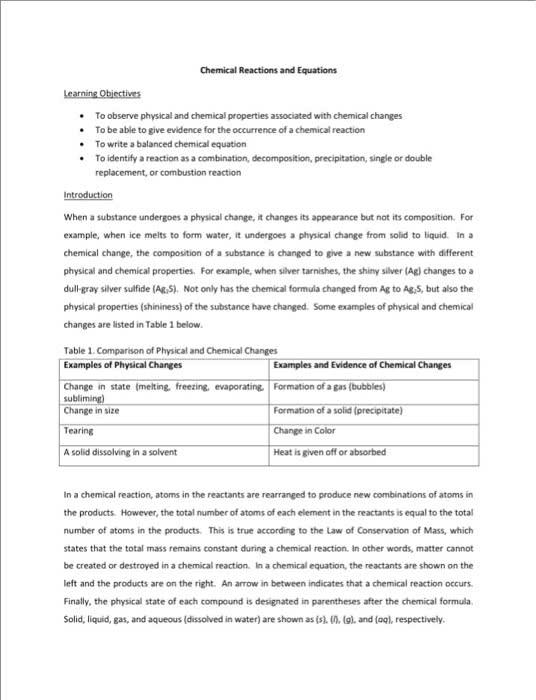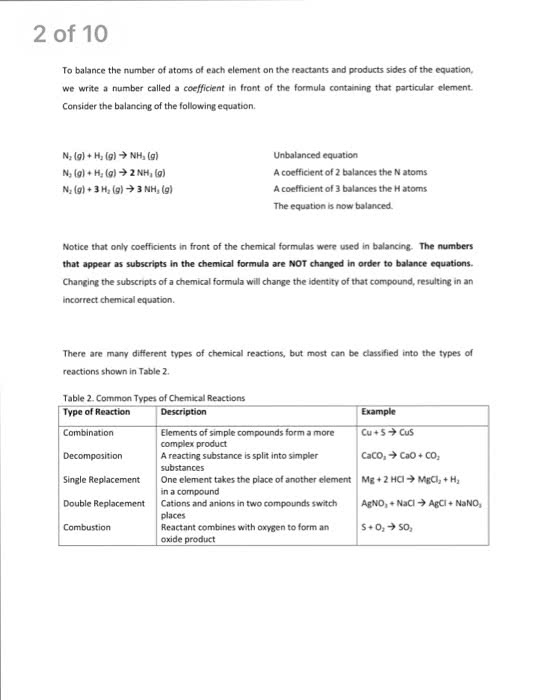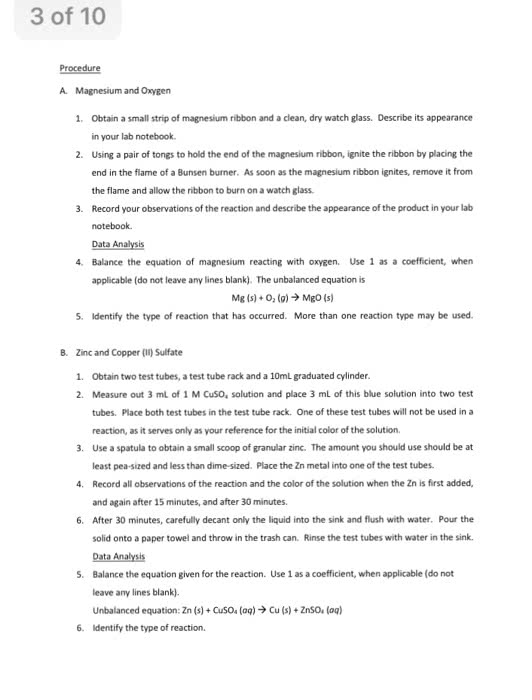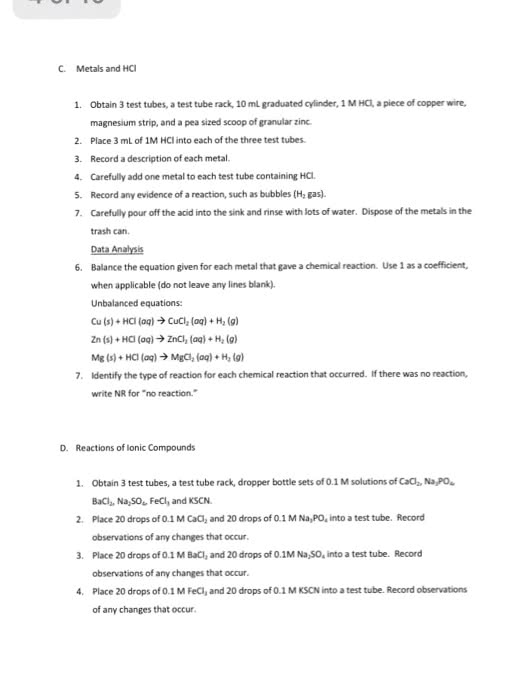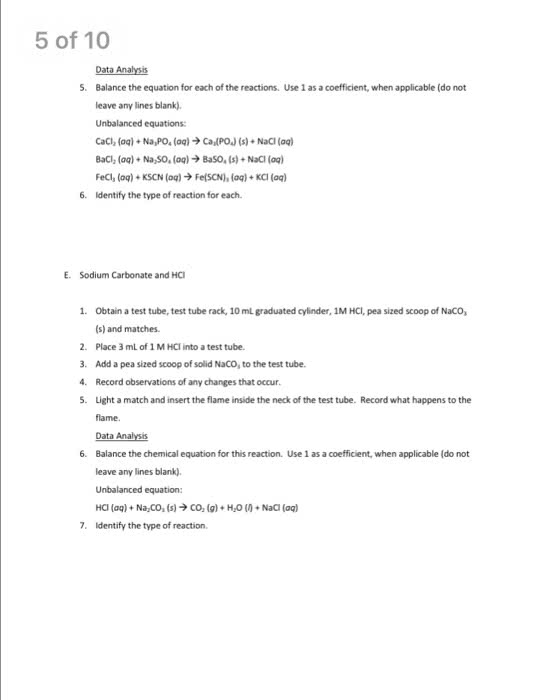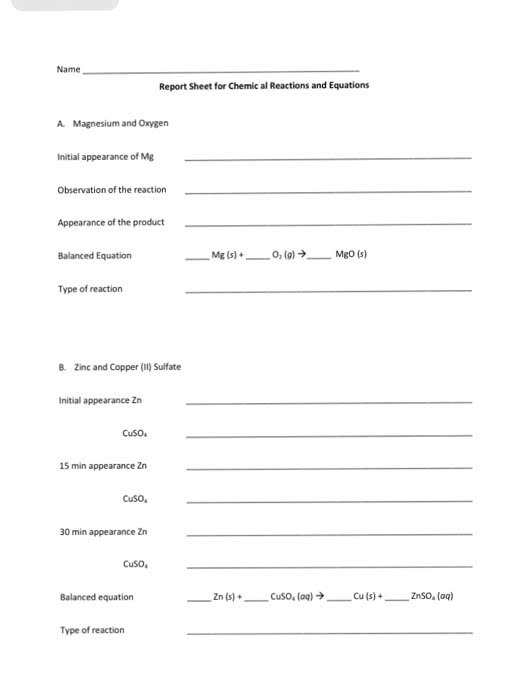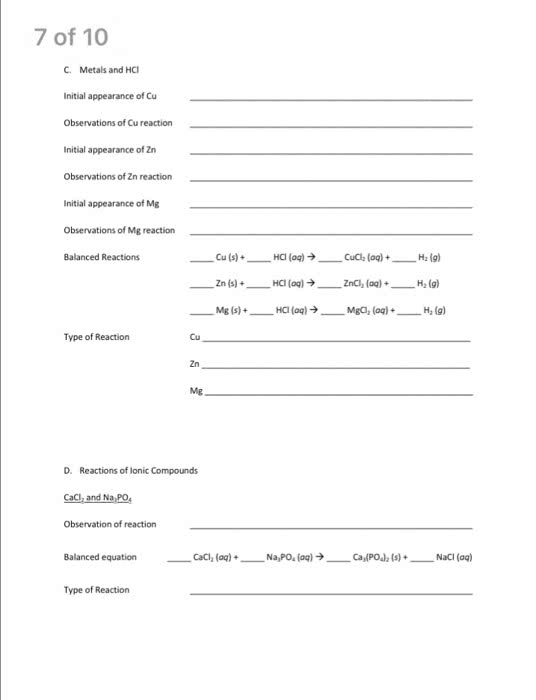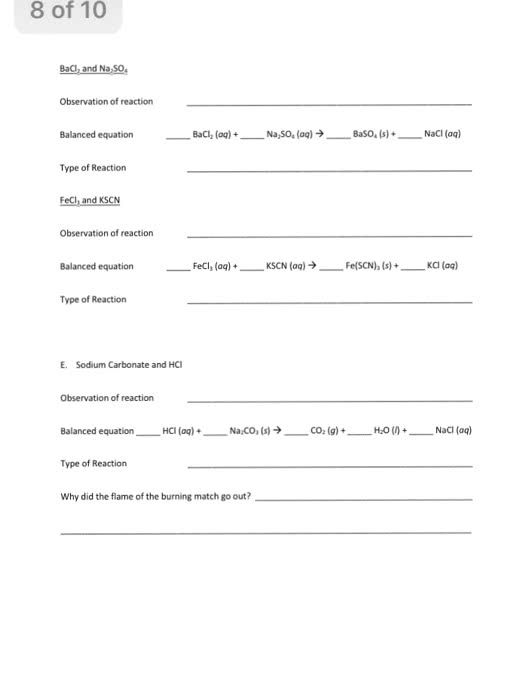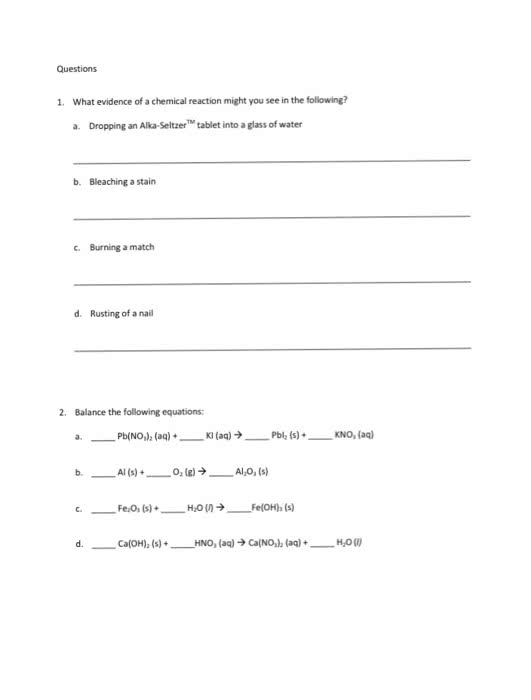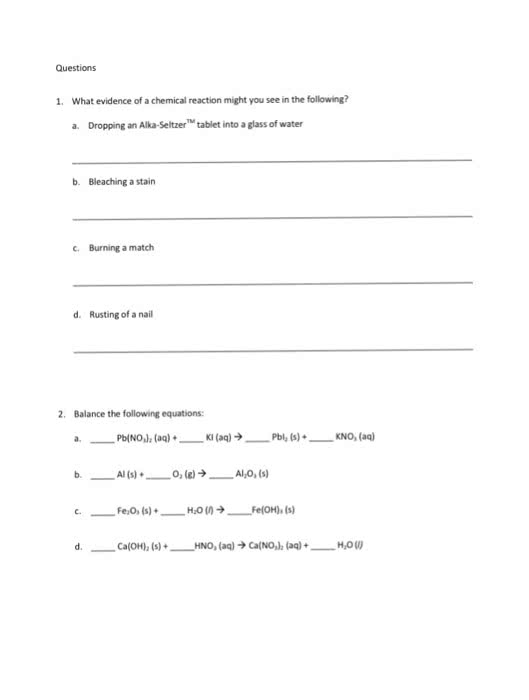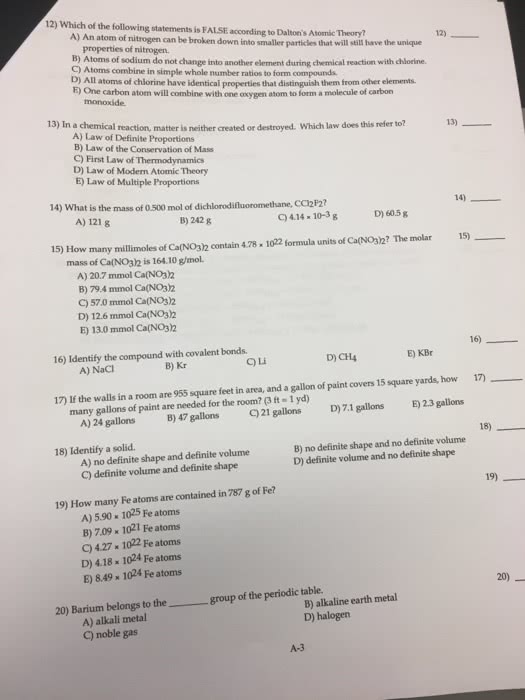CHEM 6A Lecture Notes - Lecture 2: Unified Atomic Mass Unit, Chemical Reaction, Chemical Formula


19
CHEM 6A Full Course Notes
Verified Note
19 documents
Document Summary
Matter has mass and has volume: consists of atoms and molecules. Examples of non-matter: energy and all of its forms. Atom = the smallest individual particle of an element that maintains its properties. Properties of matter: physical properties are those that can be observed without changing the identity of the substance. Mass: chemical properties are characteristics of substances that are observed as the substance changes into or interacts with another substance(s) Reactivity, flammability, corrosiveness: physical changes are those that occur without changing the identity of the substance. Phase changes, mixing: chemical changes are those that occur when a substance changes into another substance. Types of matter: pure substances are elements and compounds (chemically bonded together, mixtures can be homogeneous or heterogeneous (physically intermingled) Elements: the most basic form of matter, cannot be broken down into simpler substances, all particles that compose an element are virtually identical.


